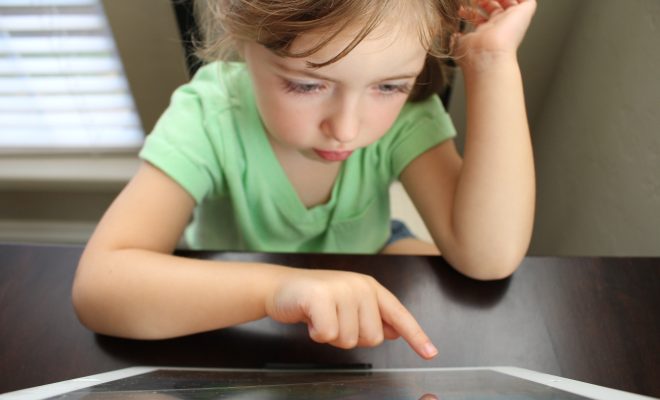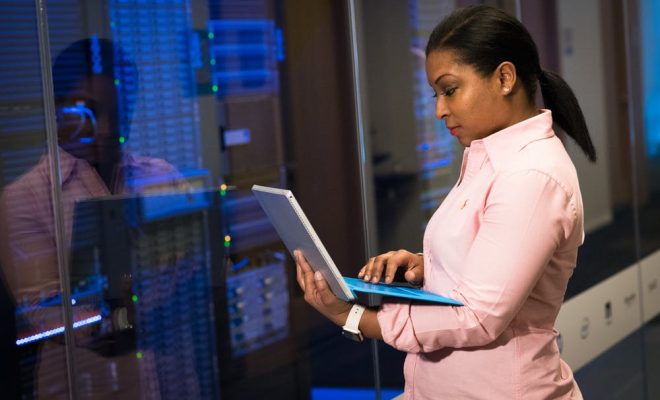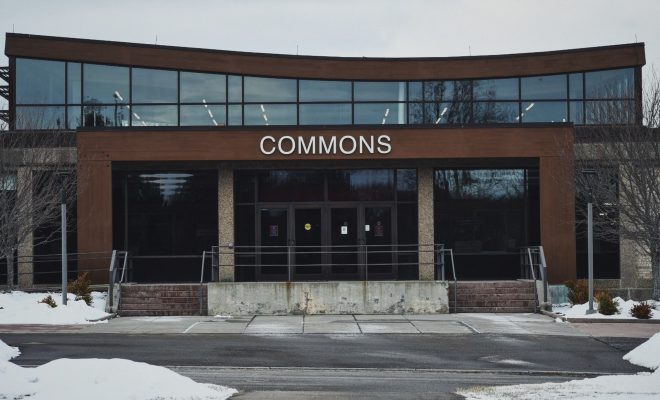(Yet) 5 More Educational Technology Concepts Every Teacher Should Know

In previous articles, I wrote about some emerging educational technologies and technology concepts that every teacher must keep track of to be more effective in the classroom, from virtual laboratories to prototyping. In this final installment of this series, you will discover even more concepts that will revolutionize K-12 education as we know it. A couple of these must-know technologies would have been unbelievable a few years ago. Take a look at the following five:
- Student-led planning. When special education students reach high school, they are being called upon more and more to have input into their individual learning plans. This is to prepare these students for more independence in adulthood. It also gives teachers more insight into the methods these students favor when it comes to learning. Instead of dictating what and how special education students should learn, student-led input helps chart the course toward academic and life skills.
- Holography. Holography was just science fiction a few years ago, but it’s now becoming a reality in some fields, such as medicine. This imaging technique, which allows one to see a 3-D view of an image, has yet to become a part of everyday classroom activities. Holography introduced in classroom activities would change entirely how some subjects are taught. Biology, physics, astronomy, and chemistry could be taught on an entirely different level (S. H. Kim & Bagaka, 2005).
- Time-management tools. These tools are variations on calendar software. They can be used to schedule your appointments, or you may want to take advantage of more complex features. Some tools can be viewed online, affording access for more than one student at a time. A teacher can arrange appointments or make a note of due dates for assignments so that all students in a class can keep track of such details. Most of these tools allow the option to put some information in private mode, too, so the administrator can choose which calendars people can see and which cannot. Most of these tools include a feature allowing teachers to arrange meetings and groups.
- Virtual reality. Experiential education has been used as an instructional method for years. Field trips have always served to introduce students to real-world issues, to supplement learning by helping students get a fresh perspective on what they have learned in books. Technology using virtual reality, however, has introduced new levels of experiential education. Virtual 3-D worlds allow students and teachers to visit places otherwise impossible to visit without it. They can go to space, deserts, or foreign countries without physically traveling there.
- Natural user interfaces. In its simplest definition, a natural user interface (NUI) uses the body’s movements to achieve certain outcomes. In the consumer market, examples of NUIs include the Nintendo® WiiTM, Xbox KinectTM, and the iPhone virtual assistant, Siri. The potential in the field of K–12 education is still being realized but will certainly lead to developments in the next half-decade. Students who are blind, deaf, or have physical disabilities or autism can better learn through use of this still evolving technology.
Advances in technology have influenced every aspect of modern life and are having an enormous impact on education. Technology can promote student engagement, immerse students in real-world issues, enhance discussions and workshops, and facilitate formative assessment. Plus, as students today are often digital natives, very familiar with technology.
However, the new technological advances do not come without their problems. There’s a significant digital divide between students with access to technology and students, mostly from lower socioeconomic backgrounds, who don’t have the same level, range, and consistency of access.
Furthermore, students may spend too much time using their devices and the Internet includes information that may be harmful as well as helpful. Without clear parameters, teachers may become overly focused on technology to the detriment of information transfer.
Nonetheless, these advances will prove to assist in the education of students in the near future. Observing the development of these technologies closely will reveal the ways in which they will change learning.
Read all of our posts about EdTech and Innovation by clicking here.






